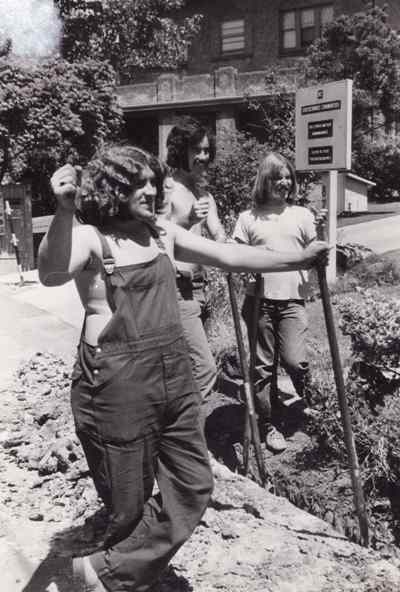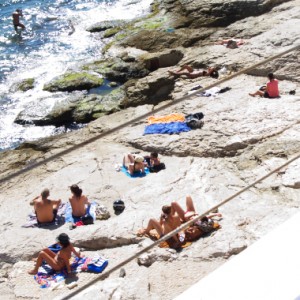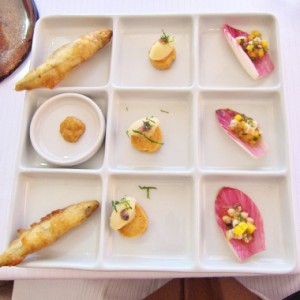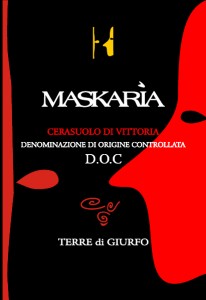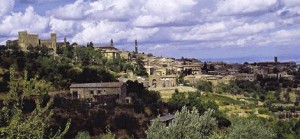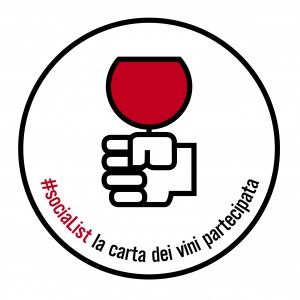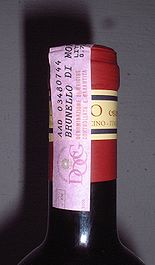
Brunello DOCG
Following up on my recent noteabout Brunello and Rosso di Montalcino, I would like to add a couple of comments on the two appelations.
Brunello is, with Barolo, the top wine area in Italy. Strangely, despite climate differences, as mentioned in my last post, both wines are defined as single varietal wines, while logically only cooler Barolo should be. This is, arguably, because while Barolo has a very long history, Brunello, though created over a century ago, is a very recent phenomenon – it was almost unknown or unobtainable before the 1970s, when the vines covered barely 50 hectares (today at over 2000 hectares it has surpassed Barolo!). Brunello was recognized as a DOC in 1996 without restrictions to a single grape variety, and subsequently, when it became a DOCG, it became a Sangiovese only wine, probably a whim of the then dominant Biondi-Santi.
The incompatibility of the single varietal restriction at this viticultural latitude is demonstrated by the fact, documented by Jeremy Parzen, that according to the president of the Brunello consortium Ezio Rivella 80% of Brunello is not pure Sangiovese, but nobody says anything and the practice is “tolerated”.
Unfortunately Rivella has been demonized by italian and english journalists as well as blogging taliban meta-journalists as a bad influence on Montalcino, yet they ignore that he has been instrumental in improving Brunello in other much more important aspects. Take the vine yields, these were insanely high until a few months ago (8000 kg per hectare is not conducive to good wine), and Rivella has reduced that limit now to 6000 kg/ha, which should yield about 41 hectolitres per hectare, a respectable figure. Why did this take so long and why had no journalist latched onto this before? Because they were busy with that non-issue, the vote on Rosso di Montalcino, a minor appellation for Brunello makers to fall back on when they need ready cash as opposed to having their wine stuck in the cellar for 5 years (6 for the riserva).
The unreliability of Brunello as a single grape wine might be explained by looking at the rating of recent vintages by the consortium; note that for the last 20 years (1991-2010) only 6 vintages were exceptional and 10 were very good. The language is very interesting, instead of “eccellente” the term used is “eccezionale”, a relatively new word in Italian (one can call it a “francesismo”) that, strictly speaking, means unusual, an exception to the rule; yes, the rule is mediocre Brunello!
That leaves 4 vintages that ranged from so-so to bad – note that no vintage is rated as “insufficient”, but you would not expect a consortium to be that frank… Anyhow 2002 was definitely a very bad year, but this did not significantly reduce the quantity of Brunello or increase the quantity of Rosso; I suppose the thinking is: “the suckers, pardon, the customers are buying a label, so they don’t need to know about bad vintages, they’ll shell out the same high price even for a 2002”. A search on Winesearcher shows 2002 (a disaster vintage) and 2004 (an exceptional one) Col d’Orcia at more or less the same price, even the famed Case Basse is available at well over 150 Euro for a 2002! And please note that each of these wines goes through committee tastings before it gets awarded the DOCG label, and 2002s passed with no problems!
Logically the question should be: is it reasonable to impose 2-5 years aging in barrels, given that not every producer and not every vintage yields wines that have enough “matière”, enough quality to benefit from such aging. It is a pity because many normal vintages, neither exceptionally good nor particularly bad, would be much better with a shorter aging period. The Rosso di Montalcino would allow one to make a better wine in those less than ideal years. But few people do that, because they can get a higher price for a bottle of bad wine marked Brunello!
Since nothing can be done about the greedy nature of most winemakers, the logical thing to do in order to safeguard the quality of Brunello, in order to avoid the current situation where the bottle you buy is statistically more likely to be disappointing than rewarding, is to have the Consorzio declare the Brunello vintages (like in Champagne) and oblige winemakers to make Rosso in the other years.
Despite the unfavourable view of some respected bloggers, regarding the single grape issue, I would prefer to see at least Rosso be given the freedom to use up to 30% of traditional complementary Tuscan grapes in addition to Sangiovese. As for Brunello, instead of tolerating systematic cheating with Cabernet, it would be better to allow up to 10% of other Tuscan grapes.
For further reading I suggest the thoughtful articles by Juancho Asenjo and Eckhard Supp.
